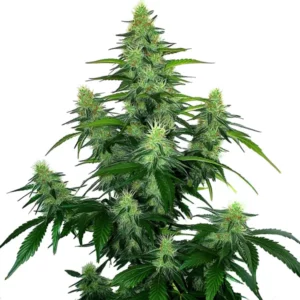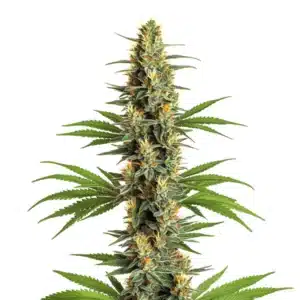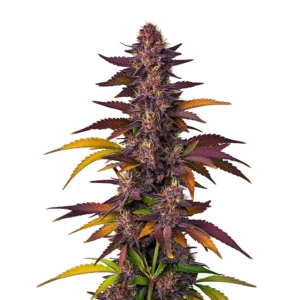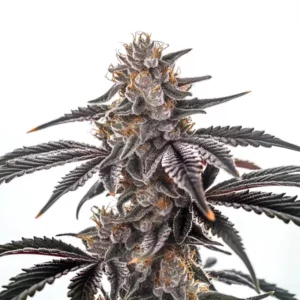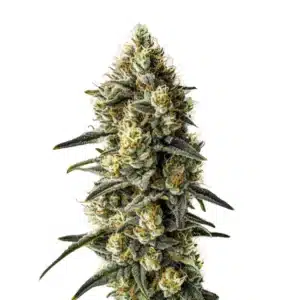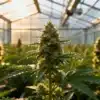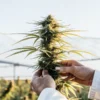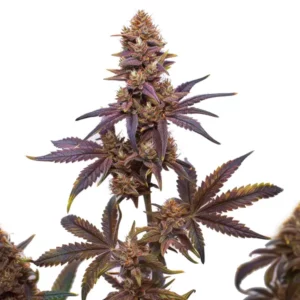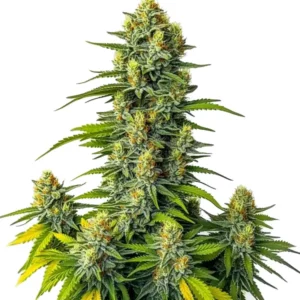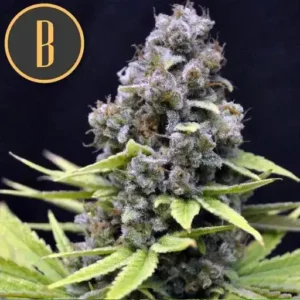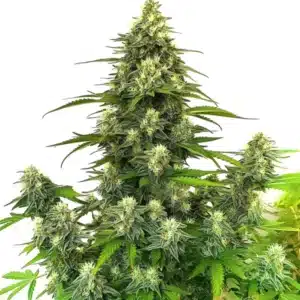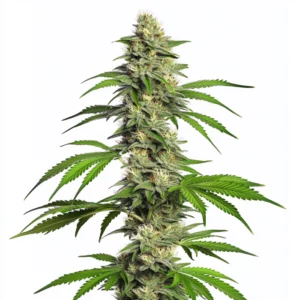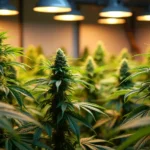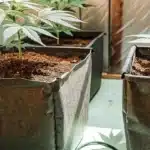
The Internal Clock: When Do Autoflowers Actually Start Flowering?
Let’s talk about the weird, wonderful, and often misunderstood world of autoflowering cannabis. If you’re new to growing them, the biggest question you have is, “When will it start to flower?”
Unlike traditional cannabis plants that wait for you to change the light schedule, an autoflower lives by its own rules. It has an internal clock. It doesn’t care about the seasons, and it doesn’t care how many hours of light it gets. It will start to flower when it’s genetically programmed to, and that’s usually just 3 to 4 weeks after it sprouts from the soil.
Recommended Strains
Deelite Autoflower
|
|
THC | 18% - 20% (Medium) |
|
|
Type | Autoflowering |
|
|
Yield | High |
|
|
Phenotype | 40% Indica / 60% Sativa |
Critical 2.0
|
|
THC | 18% - 22% (Medium) |
|
|
Type | Feminized |
|
|
Yield | High |
|
|
Phenotype | 60% Indica / 40% Sativa |
The “Why”: A Story of Survival from the Far North
So why are these plants so different? It’s a story of survival. Autoflowers get their “auto” gene from a wild subspecies of cannabis called Ruderalis. This tough little plant evolved in harsh places like Siberia and other northern latitudes where the summer sun can be out for 20 or even 24 hours a day.
In that environment, there is no “nighttime” to signal the plant that it’s time to flower. So, to survive, Ruderalis adapted. It evolved to flower automatically based on age, not on the light cycle. It had to rush its entire life, from sprout to seed, into a few short months of constant daylight.
Promos & Deals
The Golden Rule of Autos: Do Not Stress Them
This unique genetic history created one golden rule that you, as a grower, must live by: An autoflower’s primary mission in life is to FLOWER, not to GROW.
A traditional cannabis plant, if stressed, will pause its growth, wait for conditions to improve, and then continue getting bigger. An autoflower does the opposite. If an autoflower encounters any significant stress, a transplant, a big nutrient problem, overwatering, it has one brutal, immediate response: it will stop growing larger and pour all of its remaining energy into making small, premature flowers. Its internal clock panics and says, “I’m in danger! I have to reproduce NOW before I die!”
This is why the number one mistake that will ruin your autoflower harvest is transplanting it. You should ALWAYS plant your autoflower seed directly in its final pot. The shock of being transplanted will almost always trigger this panic response, stunting its growth permanently. You’ll end up with a tiny, sad plant with one little bud.
The Overlap: Growing and Flowering at the Same Time
It helps to think of an autoflower as doing two jobs at once. For the first few weeks, it’s building its structure. Then, around week 3 or 4, you’ll see the first tiny white pistils emerge, it has officially started to flower.
But it will also keep growing taller and larger for another two or three weeks after that. This is the “stretch” phase, where it’s both vegetating and flowering simultaneously. It’s living its short, fast life on a tight schedule, a direct echo of its wild ancestors. Your job is to provide a stable, stress-free environment so it can reach its full, beautiful potential.
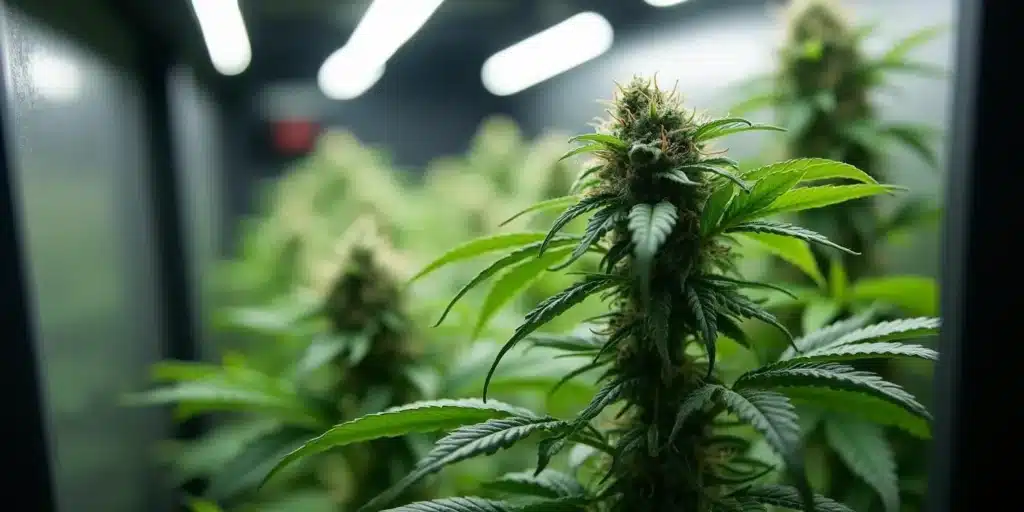
Frequently Asked Questions
When will my autoflower plant start to show its first flowers?
Typically, you’ll see the first white, hair-like pistils appear at the nodes of the plant about 3 to 4 weeks after it sprouts from the soil.
Why don’t autoflowers need a 12/12 light schedule to start flowering?
Because their “flowering trigger” is genetic, not environmental. They get this trait from their wild ancestor, Cannabis Ruderalis, which evolved in far northern regions like Siberia where the summer has 20+ hours of daylight. They adapted to flower based on age, not a change in the light cycle.
What is the number one mistake to avoid when growing autoflowers?
Transplanting them. You should always plant your autoflower seed directly into the pot it will finish in. The shock from transplanting a young autoflower will almost always stunt its growth permanently, resulting in a very small plant and a tiny yield.
What happens if I stress my autoflower plant?
An autoflower is genetically programmed to prioritize flowering over everything else. If it experiences major stress, its survival instinct will kick in, and it will stop focusing on growing bigger and immediately put all of its energy into producing a few small, premature flowers in a rush to reproduce before it dies.


